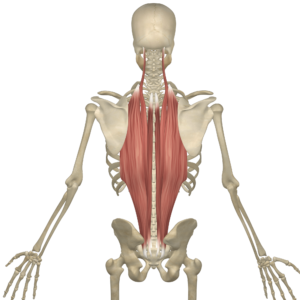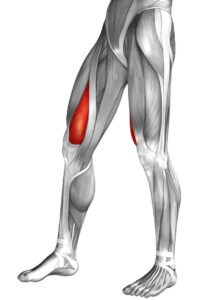Introduction
Injuries to the medial collateral ligament (MCL) are common, especially among athletes and active individuals. Not to be confused with its close cousin, the LCL (Lateral Collateral Ligament), the MCL, located on the inner side of your knee, plays a crucial role in stabilizing the joint. Recovering from an MCL injury requires a targeted approach to strengthen and rehabilitate the ligament. In this comprehensive guide, we’ll explore effective medial collateral ligament exercises that can help you regain strength, stability, and mobility. Whether you’re recovering from an injury or looking to prevent one, these exercises are essential for maintaining knee health.
Understanding the Medial Collateral Ligament (MCL)
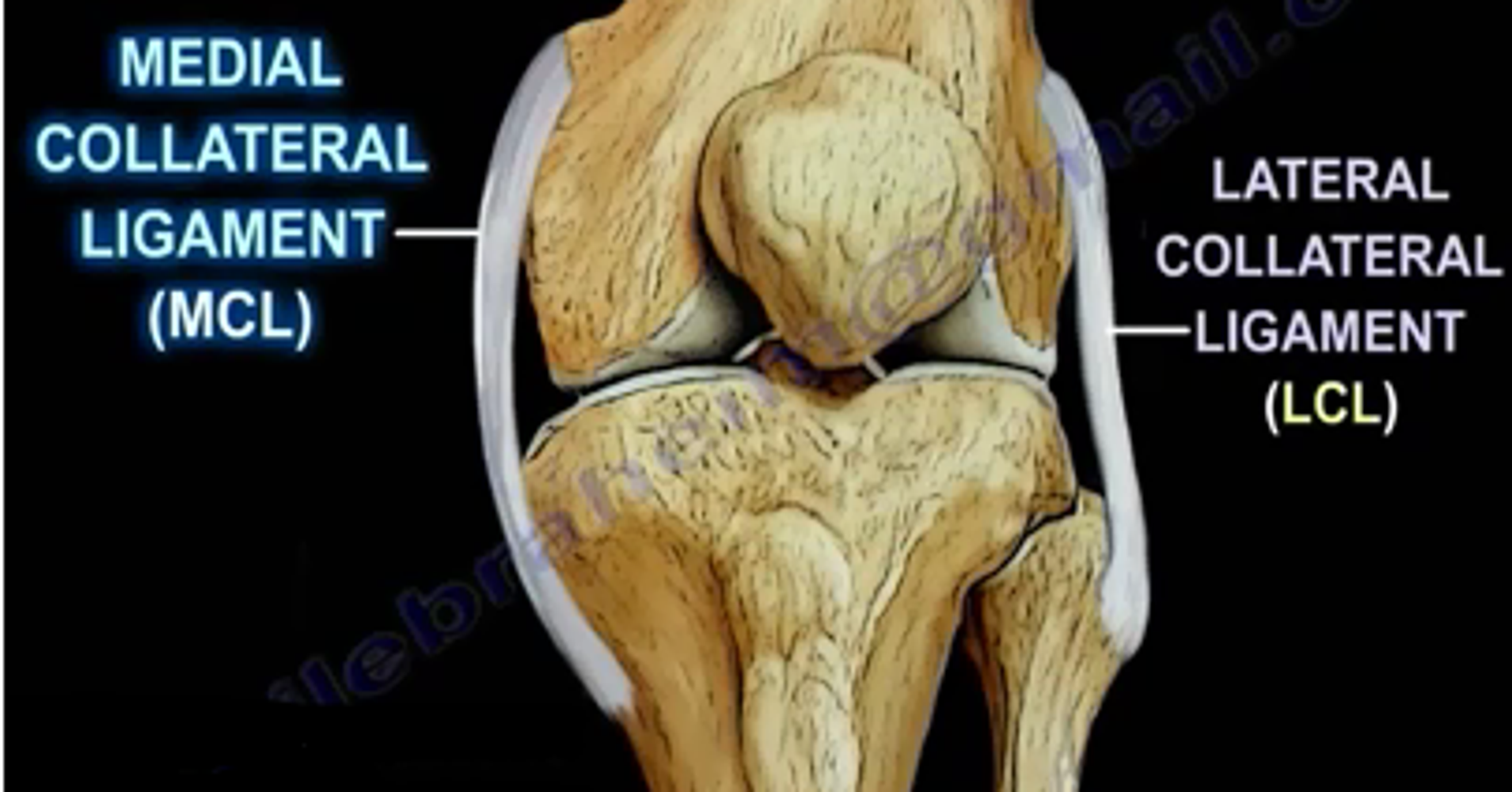
The MCL is one of the four major ligaments in the knee, connecting the thigh bone (femur) to the shin bone (tibia). It helps stabilize the knee and prevent it from bending inward. MCL injuries can range from mild sprains to complete tears, often caused by a direct blow to the outer knee or a sudden change in direction while running.
Symptoms of an MCL Injury:
- Pain and tenderness along the inner knee
- Swelling and bruising
- Instability or a feeling of the knee “giving way”
- Difficulty bending or straightening the knee
Proper rehabilitation is crucial for recovering from an MCL injury and preventing further damage.
Why Medial Collateral Ligament Exercises Matter
Rehabilitating the MCL involves a combination of rest, physical therapy, and specific exercises designed to strengthen the knee and restore its function. The benefits of targeted MCL exercises include:
- Improved Stability: Strengthening the muscles around the knee enhances joint stability.
- Enhanced Flexibility: Maintaining or improving the range of motion in the knee.
- Pain Reduction: Reducing pain and discomfort associated with MCL injuries.
- Preventing Re-Injury: Building strength and resilience to avoid future injuries.
- Faster Recovery: Accelerating the healing process through targeted exercise.
Essential Medial Collateral Ligament Exercises
Before starting any exercise routine, consult with a healthcare professional to ensure these exercises are appropriate for your specific condition. Begin with low-impact exercises and gradually progress to more advanced movements as your strength and stability improve.
1. Quad Sets
Purpose: Strengthen the quadriceps without moving the knee joint.
How to Perform:
- Sit on the floor with your injured leg straight and the other leg bent.
- Tighten the muscles at the top of your thigh by pressing the back of your knee flat against the floor.
- Hold for 5-10 seconds, then relax.
- Repeat 10-15 times.
2. Heel Slides
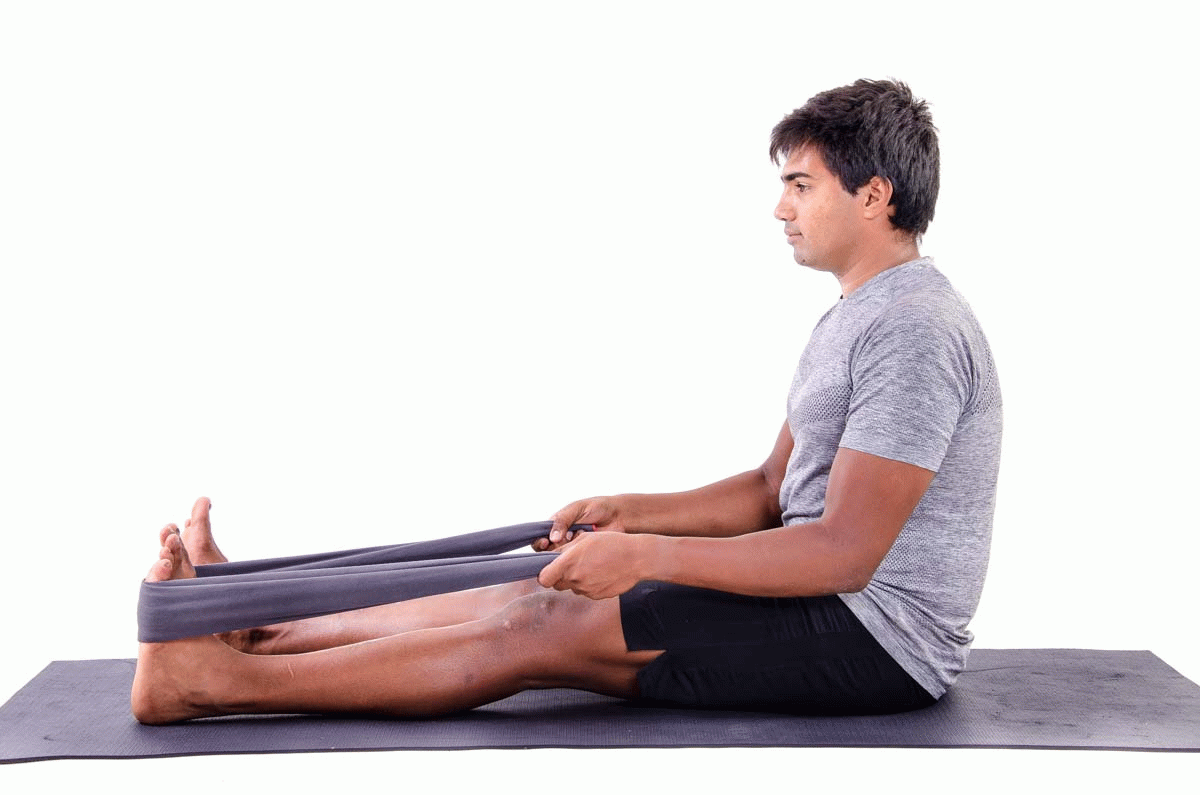
Purpose: Improve knee flexibility and range of motion.
How to Perform:
- Lie on your back with both legs straight.
- Slowly slide the heel of your injured leg towards your buttocks, bending the knee as far as comfortable.
- Hold for a few seconds, then slide your heel back to the starting position.
- Repeat 10-15 times.
3. Straight Leg Raises
:max_bytes(150000):strip_icc()/Verywell-01-2696617-StraightLegRaise01-SM-5979faff0d327a0011c546b3.gif)
Purpose: Strengthen the quadriceps and hip flexors.
How to Perform:
- Lie on your back with one leg bent and the other leg straight.
- Tighten the thigh muscles of your straight leg and slowly lift it to the height of your bent knee.
- Hold for a few seconds, then lower it slowly.
- Repeat 10-15 times.
4. Standing Hamstring Curls
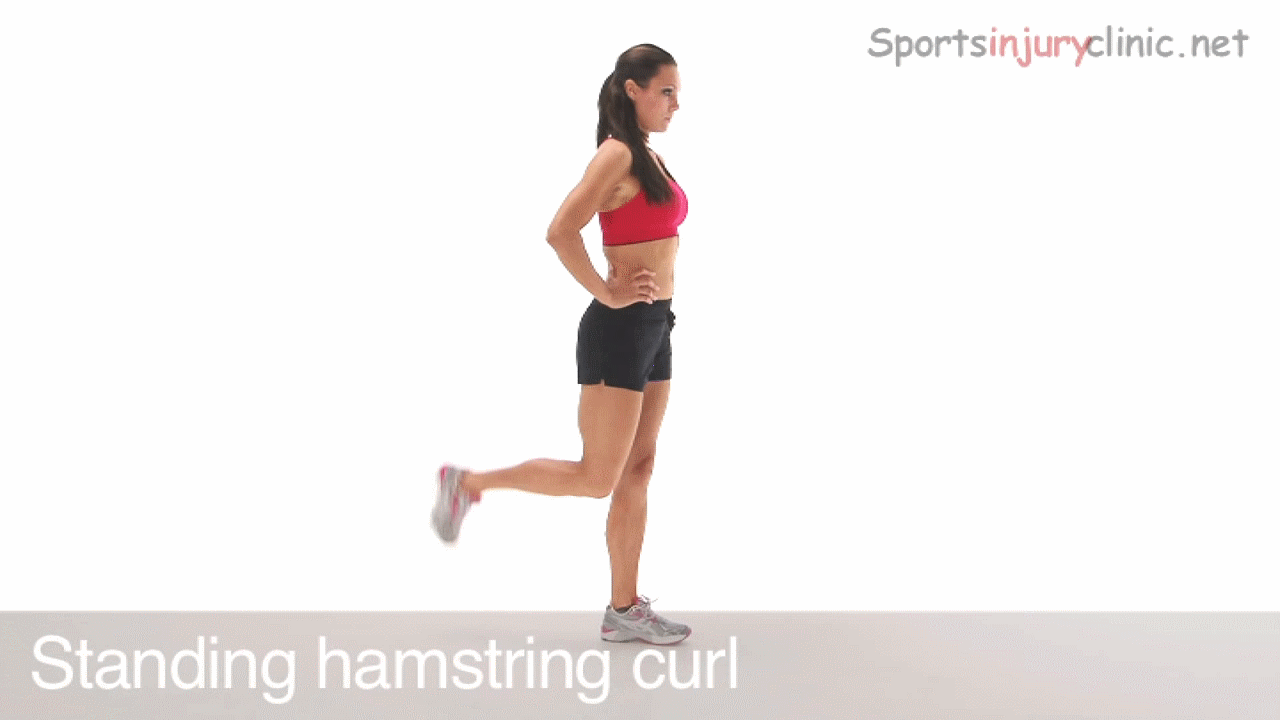
Purpose: Strengthen the hamstrings and improve knee stability.
How to Perform:
- Stand with your feet shoulder-width apart and hold onto a chair or wall for balance.
- Bend your injured knee, bringing your heel towards your buttocks.
- Hold for a few seconds, then lower it slowly.
- Repeat 10-15 times.
5. Wall Slides
Purpose: Strengthen the quadriceps and improve knee stability.
How to Perform:
- Stand with your back against a wall and feet shoulder-width apart.
- Slowly slide down the wall by bending your knees, keeping your back straight.
- Hold for a few seconds, then slide back up to the starting position.
- Repeat 10-15 times.
6. Side-Lying Leg Lifts

Purpose: Strengthen the hip abductors, which support knee stability.
How to Perform:
- Lie on your uninjured side with your legs straight.
- Lift your injured leg up, keeping it straight and avoiding rotating your hip.
- Hold for a few seconds, then lower it slowly.
- Repeat 10-15 times.
7. Calf Raises

Purpose: Strengthen the calf muscles, which support the knee.
How to Perform:
- Stand with your feet shoulder-width apart and hold onto a chair or wall for balance.
- Rise up onto your toes, then slowly lower your heels back to the ground.
- Repeat 10-15 times.
8. Balance Exercises

Purpose: Improve proprioception and knee stability.
How to Perform:
- Stand on your injured leg, holding onto a chair for support if necessary.
- Try to maintain your balance for 30 seconds.
- As you improve, try balancing without holding onto anything and for longer periods.
Advanced Medial Collateral Ligament Exercises
Once you’ve regained basic strength and balance, you can progress to more advanced exercises. These should be done under the guidance of a physical therapist or healthcare professional.
1. Single-Leg Squats

Purpose: Strengthen the quadriceps, hamstrings, and glutes, enhancing knee stability.
How to Perform:
- Stand on your injured leg with your other leg extended in front.
- Slowly lower into a squat position, keeping your knee aligned with your toes.
- Hold for a few seconds, then return to the starting position.
- Repeat 10-15 times.
2. Lateral Band Walks

Purpose: Strengthen the hip abductors and improve knee stability.
How to Perform:
- Place a resistance band around your legs just above the knees.
- Stand with your feet shoulder-width apart and slightly bent knees.
- Step to the side, maintaining tension in the band, then bring your other foot to meet the first.
- Repeat 10-15 steps in each direction.
3. Step-Ups
:max_bytes(150000):strip_icc()/67-3120001-weighted-step-upGIF-cd8bfccdc7ce441282e45529e7e0b392.gif)
Purpose: Strengthen the quadriceps and glutes.
How to Perform:
- Stand in front of a step or bench.
- Step up with your injured leg, then bring your other leg up to meet it.
- Step down with your non-injured leg first.
- Repeat 10-15 times.
Tips for Safe and Effective MCL Rehabilitation
- Start Slow: Begin with low-impact exercises and gradually increase intensity.
- Listen to Your Body: Stop if you experience pain and consult with a healthcare professional.
- Consistency is Key: Perform your exercises regularly to see the best results.
- Warm-Up: Always warm up your muscles before starting your exercises.
- Stay Hydrated: Drink plenty of water to keep your muscles hydrated and functioning properly.
Conclusion
Recovering from an MCL injury requires dedication, patience, and the right exercises. By adding these medial collateral ligament exercises into your rehabilitation routine, you can strengthen your knee, improve stability, and return to your regular activities with confidence. Remember to talk to a healthcare professional before starting any new exercise routine, and always listen to your body to prevent further injury.
If you found these medial collateral ligament exercises helpful, share this post with others who might benefit! Don’t forget to subscribe to our newsletter for more tips on injury prevention and rehabilitation. Follow us on social media for daily updates and inspiration on staying active and healthy.


